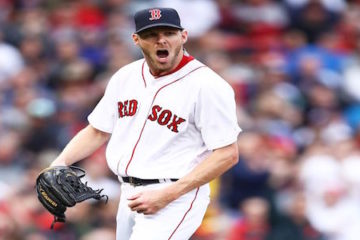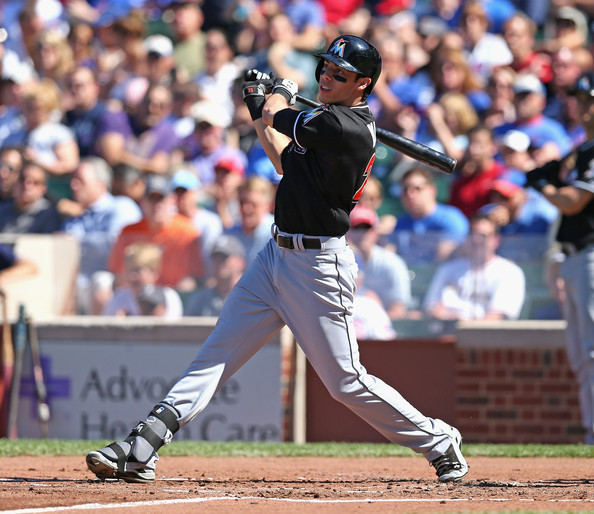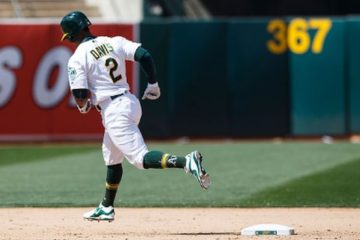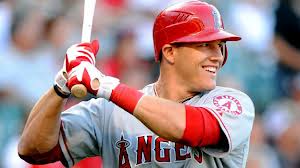2014 Fantasy Baseball, Total Run Index Sneak Peeks: Right Field
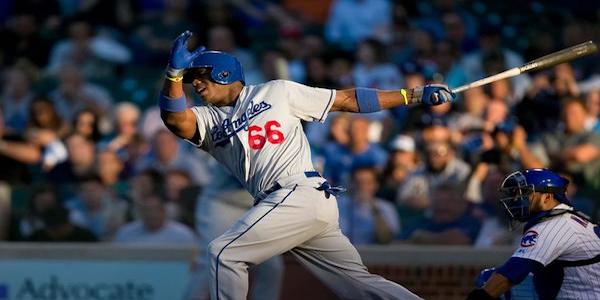
“Cause I’m here in right field just watching the dandelions grow.” — Peter, Paul, and Mary
Right field is an afterthought at almost every level of baseball competition. Of course, when one gets to college and the minor leagues, that whole philosophy gets thrown on its ear. Right fielders are often some of the best hitters on the team and they have to have a strong arm to play the position well. So, fantasy players notice that it is one of the deepest positions on the diamond.
That being said, there were no high end performers this past season. Only one player had more than 30 runs this past season. As has been said, things happen on a year to year basis that you can’t predict. Over a long enough timeline, regression to the mean occurs. We will likely see that here and a look at the three year and five year TRI data will bear that out. Don’t worry, that’s coming before your know it.
1. Jayson Werth— Washington Nationals
Hitting: +34.8
Running: +1.3
TRI: +36.1
Call this exhibit A from the random distribution of scores department. I don’t know anyone that would advocate selecting Werth as a top ten outfielder, but he performed like one this past season. Go figure. When healthy, Werth does offer good power and speed numbers, so you could do a lot worse. The key as always is health and the long-term TRI data will bear that out.
2. Hunter Pence— San Francisco Giants
Hitting: +25.9
Running: +3.2
TRI: +29.1
Here we see exhibit B from the random distribution of scores department. Pence managed to parlay this strong season into a five year, 90 million dollar deal from the Giants. We should all be so lucky. Pence is a nice complementary player, but he is not a front-line player whether we are looking at real baseball or fantasy baseball.
3. Yasiel Puig— Los Angeles Dodgers
Hitting: +28.9
Running: -1.7
TRI: +27.2
This is where life gets somewhat difficult for the fantasy player. On the one hand, Puig’s numbers came in about two-thirds of the possible action. So, one could reasonably predict a 40 run season based on that information. On the other hand, after a hot couple of months, he came back down to earth. So, would a full season see more pedestrian numbers? I would tend to think so.
4. Michael Cuddyer— Colorado Rockies
Hitting: +24.0
Running: +1.9
TRI: +25.9
Most of you are new to TRI and if you are you should know that it is based on a neutral run environment. Most of the time that is good enough, but in cases like Cuddyer it deserves mentioning. One can approximate his real production by taking the park factor and cutting it in half (a 110 park factor would become a 105 for instance). In other words, when healthy, Cuddyer can be an elite fantasy performer.
5. Marlon Byrd— New York Mets and Pittsburgh Pirates
Hitting: +25.2
Running: -0.8
TRI: +24.4
I will be sad the day when every ML general manager is a new age general manager. Ruben Amaro Jr. is definitely not one of those, so signings like these give us food for fodder. Byrd isn’t getting huge money, but he is being paid like a legitimate everyday right fielder. He has been that maybe once or twice in his career. Of course, 2013 happened to be one of those times and that was good news for Byrd even if it won’t be for Phillies fans.
6. Giancarlo Stanton— Miami Marlins
Hitting: +22.1
Running: +0.6
TRI: +22.7
2013 was seemingly a lost season for Stanton, but the numbers above show just how much talent he has. Even in down season, he managed to be a top six right fielder. What’s troubling is that we don’t know how much of the injury problems were an isolated incident or a young player pouting to get out of a horrible situation. Will Stanton have the maturity to continue producing until he is able to free himself from Miami? That remains to be seen.
7. Jose Bautista— Toronto Blue Jays
Hitting: +22.5
Running: +0.1
TRI: +22.6
After a couple of monster campaigns, Bautista has been more human the last two seasons. He is still just as dangerous, but he has had problems remaining healthy. In a healthy campaign, he normally would produce around 40 runs a season, so he and Stanton should probably be on the top of the right fielder for another season.
8. Carlos Beltran— St. Louis Cardinals
Hitting: +19.1
Running: +1.3
TRI: +20.4
Wonders never cease. The Yankees went out and spent the equivalent amount of money they would have spent retaining Robinson Cano and got both Beltran and Jacoby Ellsbury for the outfield. They spent a little more to get both players, but the increase in production will be considerably better and they didn’t commit too long to Beltran. As for Beltran, a more favorable home ballpark could work to offset the effects of age. Plus, he could serve as a designated hitter when his knees finally give out.
9. Jay Bruce— Cincinnati Reds
Hitting: +16.3
Running: +0.8
TRI: +17.1
Here is one of those instances where TRI might be somewhat deceiving in fantasy terms. Bruce consistently produces 30 home runs and 100 RBIs a season. So, he is definitely a starting quality outfielder in fantasy leagues even if he might be more marginal in sabermetric terms. The problem is a pedestrian OBP and with the increase in walks and OBP being used in fantasy leagues, you might want to beware.
10. Shane Victorino— Boston Red Sox
Hitting: +14.1
Running: +2.5
TRI: +16.6
Victorino is on the wrong side of 30, so his production is likely to wane as we move forward. That being said, he is the perfect fourth outfielder in fantasy leagues. He is eligible in centerfield and right field in most leagues and he produces across the board with decent power and good speed. I just wouldn’t make him a starting outfielder in a standard ten player league.
Authors Note: While we are waiting for the pitching numbers to come through, I will be releasing three and five year TRI data by position. This time, we will go twenty players deep. This data will only be available for front office subscribers.


